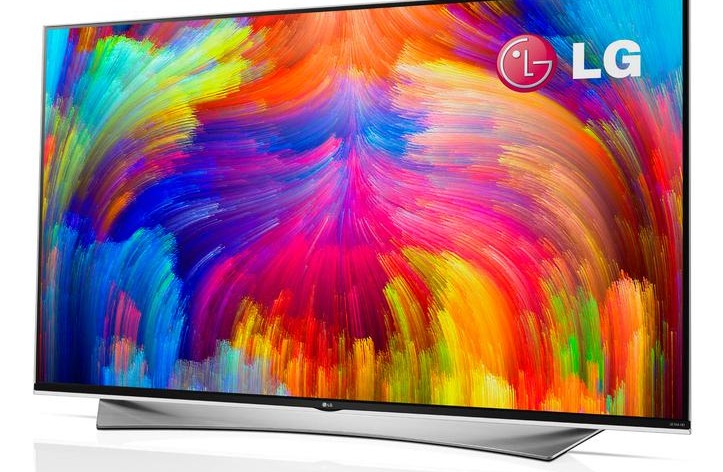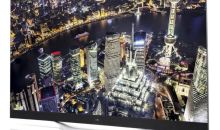Quantum Dot TV Technology
First came plasma, then LCD and LED. Now there’s “quantum dot TV technology”. What is a quantum dot? Well, that all depends. Scientifically speaking, a quantum dot (or “QD”) is what you call a nanocrystal that is so small it actually exhibits quantum mechanical properties. That means that its excitons are confined in all dimensions and directions. They’re also very small—larger than a molecule, but smaller than a semiconductor. Quantum dots have been around a while. In fact, they were first discovered by Soviet scientist Alexey Ekimov back in 1981. The actual term “quantum dot” came four years later.
Manufacturers can use the term “quantum dot” to mean a variety of things, but in general quantum dot TVs fall into one of two categories:
Quantum Dot LED (QD-LED) Displays
Quantum dots are being explored, in home theater applications, to improve traditional LED displays. This technology is dubbed “Quantum Dot Light Emitting Diode” (or QD-LED). Quantum dots emit their own light and so they can be, theoretically, more efficient and specific than color-filtered backlit sources. Even though these quantum dots are small they can still be fabricated on silicon substrates—making them mass-producible and low cost.
When display technology turned towards quantum dots, it was because the technology promises a way to emit light (for a backlight or emissive component) at very specific and predictable ranges. So you not only get a controlled, emissive technology—you get one that has very good color accuracy. Another advantage to quantum dot technology is reduced manufacturing costs. A traditional LCD panel uses a CCFL (florescent) backlight or an LED backlight that has separate LEDs for red, green, and blue—combined to produce white. With quantum dots, a single blue LED can be combined with quantum dots placed in front of the LED to color filter the result as needed. You get even more accurate color and lower cost all rolled into one.
Quantum Dot White LED (QD-WLED) Displays
Similar to QD-LED above, Quantum Dot White Light Emitting Diode (QD-WLED) displays utilize a white LED as the base and pair them with quantum dots to generate a full color gamut as needed. Because Quantum dots are good at producing single color (monochromatic) light, you can really get accurate color mixes when you combine a single LED with QD technology.
Conclusion
The discover of white-light emitting quantum dots is causing quite a stir in the industry and expectations are that solid-state lighting of all types and applications will be affected in the very near future. How near? Well, it’s still too soon to tell, but I wouldn’t be surprised to see new displays with QD tech from several more manufacturers by the end of the year as well as some innovative uses of the technology in other lighting and signage products.




